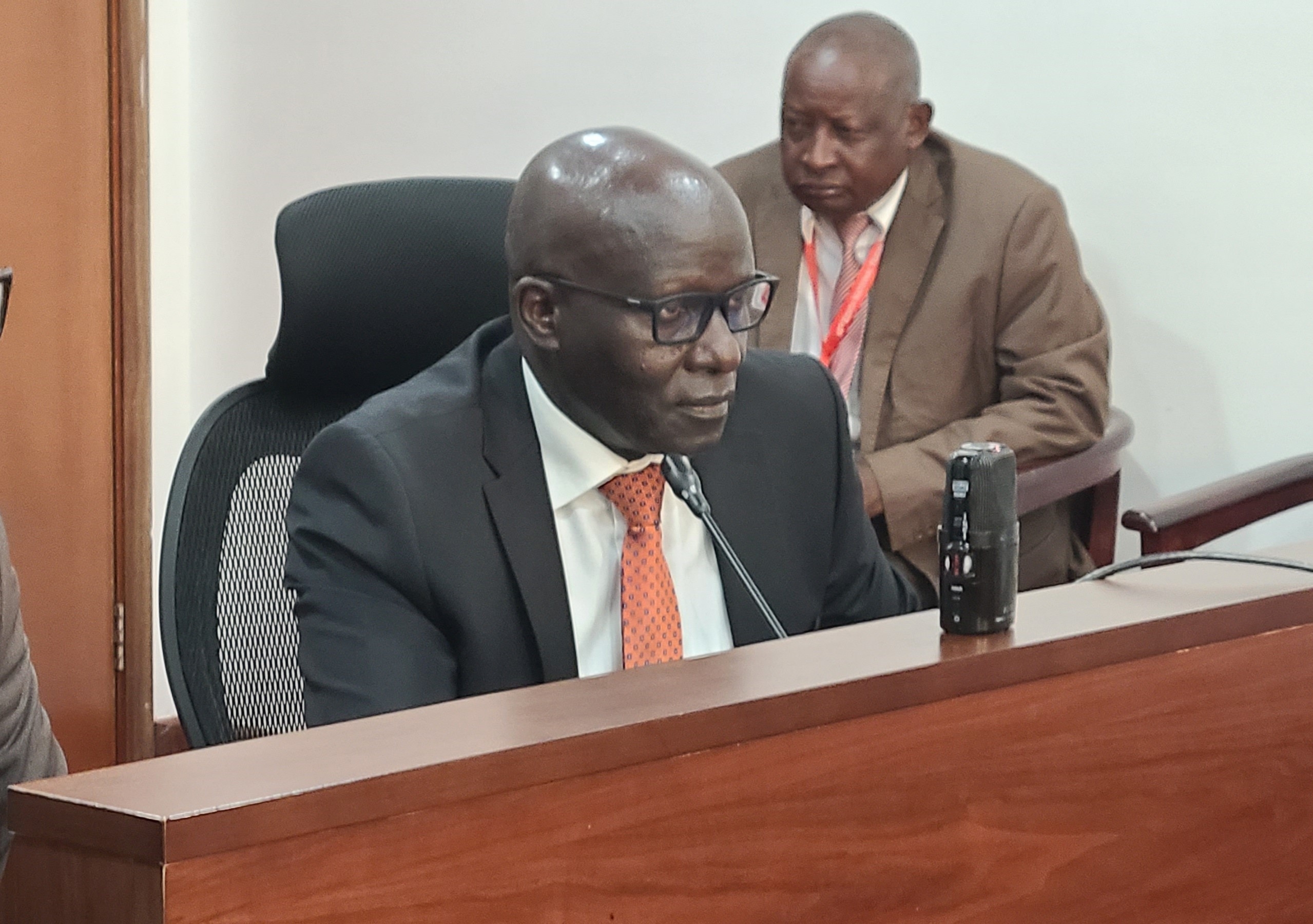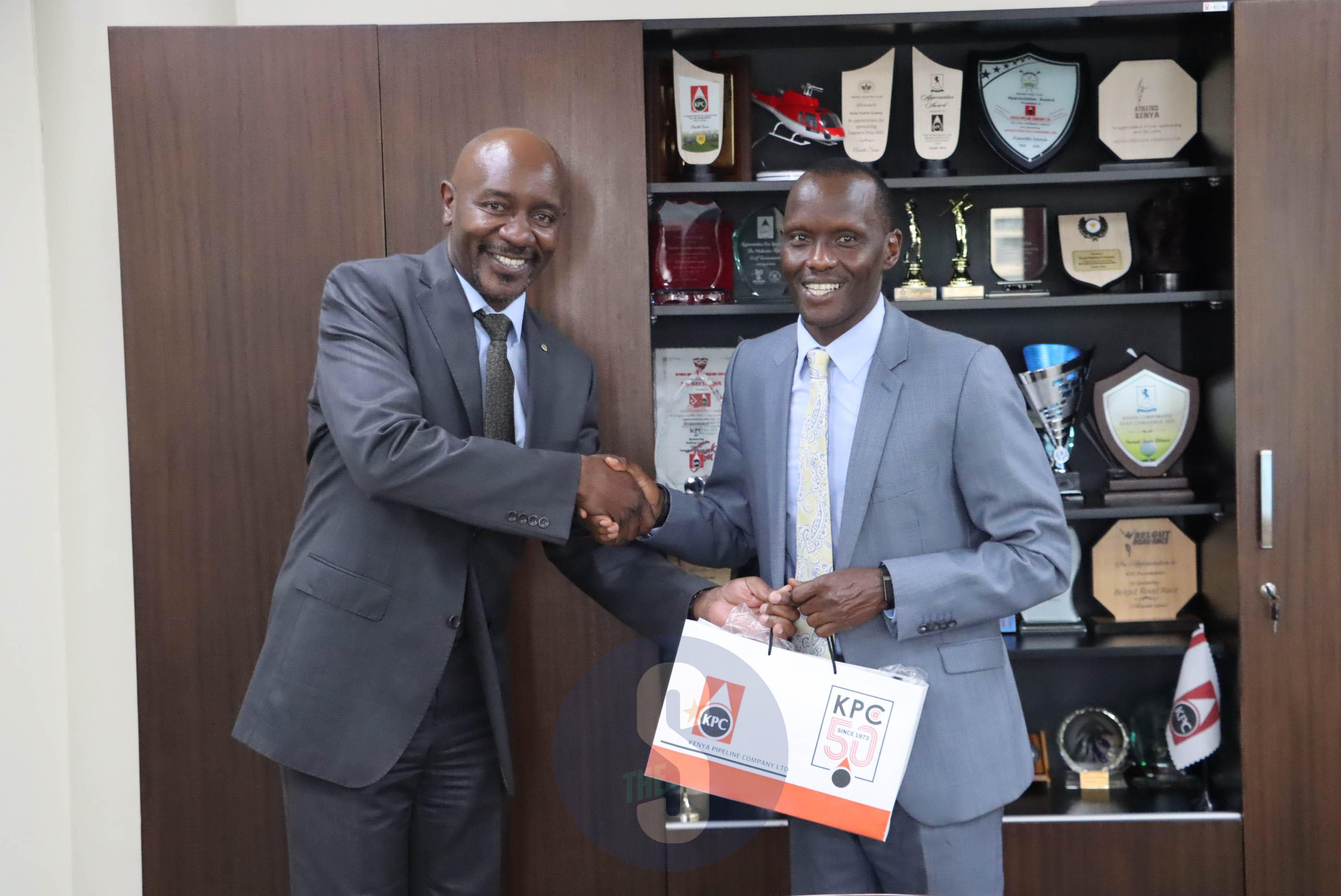Poor rural households struggle to raise Sh10,000 to pay annual tuition fees for their children in neighbourhood day secondary schools.
Some organise fundraisings to pay tuition fees.
Planning for the harambee runs over six months. Raising Sh1,000 is a struggle. Harambee involves planning committees, visits to potential benefactors, telephone calls, short text messages, printing invitation cards and feeding invited guests.
There are also refreshments for organising committee members every time they meet. Planning is time-consuming and energy-sapping. Money, time and energy are expended on an activity whose costs may not be worth the struggle.
Generous pledges are rarely honoured. Hurdles litter the road to a village school fees fundraising, especially for those who don't contribute when their neighbours call for such harambees.
Time seems elastic for the peasant mindset. Peasant cultural orientation does not assign value to time. A generous encounter with a village fruit, sugarcane or vegetable vendor exposes mindsets that don't value opportunity cost.
Custodians of this mindset don't rush home when you buy everything they are vending. Villagers spend time in the market sharing the latest gossip, or enjoying company they don't have at home.
This poverty syndrome can change with practical demonstrations of the possible. The need for disruptive education – income-generation consciousness – is urgent.
Dire want can be reversed through income-generating activity around kuku kienyeji. All the 58 households reached over three days of needs assessment in Midwest Karachuonyo, Homa Bay county, last week had free-range chicken.
Some chickens were brooding. Some had recently hatched. In other homesteads, indigenous chickens walked freely, with between eight and 10 chicks.
These chickens eat everything, bursting through cow dung, scratching for insects below topsoil, shuffling through dry leaves, and sipping wastewater.
Except for occasional leftovers, maize, millet or omena waste, free-range chickens fend for themselves. They know how to defend themselves from mongooses and hawks. They raise alarm for help during intrusions.
Rearing free-range chicken can put money in the most needy pockets, and improve nutrition for the underfed, with minimal investment. Indigenous chickens are climate-smart and weather resistant.
Free-range chickens stay with the owner in the same homestead; in some cases in the same house. Diminishing land holdings means chicken is the recourse.
Rearing free-range chicken can come with a market twice every 12 months, aside from occasional emergency sales and slaughters.
Low-cost investment in free-range indigenous poultry is a silver bullet for poverty reduction and nutritional upgrade for poor households.
Each household can start with as few as one cock and five hens. Each hen hatches three to four times a year, and can nurse eight chicks to maturity.
One hen gives 24 in 12 months. Five will give 120 a year. When you eat 50, one every week for a year, there are still 70 from the original stock that also multiplies.
You can also eat eggs – a rich source of protein. The World Health Organization recommends 180 per person per year. But Kenya's average consumption is 36 eggs per person per year.
Even with a predator allowance of 25 percent, there is still more chicken in the coop. The stock gives each household eggs to eat, and occasional white meat for lunch.
A household can still present 80 hens once or twice a year for auction. The auction can coincide with the season of high demand. The auction can also come close to the opening of schools when high instalments are demanded for tuition.
The auction planners will set a minimum bid price of Sh1,000 per mature hen. This gives the family about Sh80,000. The proceeds can pay a year's school fees in a public boarding school, or meet other modest household needs.
The will to succeed, and belief in the viability of the kienyeji kuku revolution, will drive this income-generation stream.















